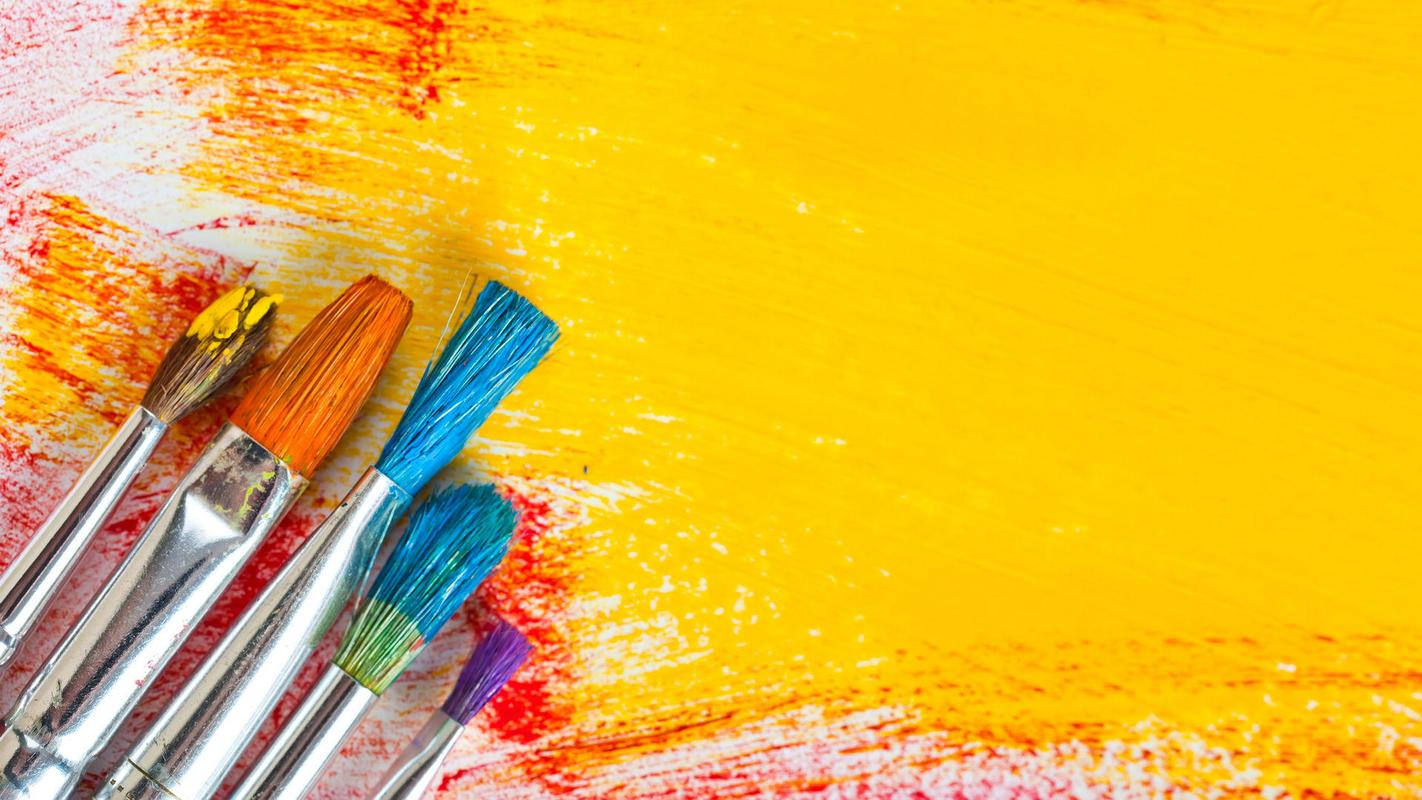How to select Titanium Dioxide appropriately
Titanium dioxide, as an important fine chemical raw material, it is a kind of white inorganic pigment with wide application and great market demand. The factors to be considered when choosing titanium dioxide are as follows:
1. Color
Color is an important technical indicator for marking pigments. Titanium dioxide is called "the king of white pigments", and the color index of titanium dioxide is whiteness. Even the titanium dioxide of the same chemical composition will have different colors due to different process routes, raw materials, equipment, and technical levels. Although the color light depends on the chemical composition, the more important and often-decisive factor is its Particle shape, size, particle size distribution, crystal type, impurity content, etc.
2. Hiding power
The optical nature of hiding power is caused by the difference in refractive index between the pigment and the surrounding medium. Rutile type titanium dioxide has a refractive index of 2.71 and anatase type of 2.55, which is the white pigment with the highest hiding power. The covering effect is mainly due to scattering caused by titanium dioxide, or absorption due to the presence of colored substances, or when the intensity of the incident light decreases due to the above two reasons, the covering phenomenon occurs. Therefore, the main reason for determining the hiding power of titanium dioxide is not only the chemical composition and crystal form, but also the particle shape, particle size and particle size distribution of the titanium dioxide.
3. Coloring power
Coloring power is an important characteristic index of titanium dioxide, that is, after titanium dioxide is mixed with another pigment, the ability of the mixture to display its own pigment can be obtained. That is to say, for white pigments, after it is mixed with a dark pigment, the lighter the color of the mixture, the stronger its tinting power (decreasing power).
4. Oil absorption
Oil absorption is also one of the important pigment properties of titanium dioxide, because it relates to the filling state of titanium dioxide in the vehicle and can explain its dispersibility in the medium. In the paint industry, it is used to estimate the consistency of the paint before mixing, guide the formulation of the paint, and can preliminarily calculate the pigment volume concentration (pvc).
5. Chemical composition
The chemical composition of titanium dioxide determines the chemical properties of titanium dioxide. It is the main symbol of the difference between pigments. In addition to reflecting a series of pigment properties of the pigment, such as whiteness, color reduction power, oil absorption, etc., its application Performance effects are also great, such as weather resistance, dispersibility, etc.
6. Light and weather resistance
The light resistance and weather resistance of titanium dioxide are important indicators to measure the application performance of titanium dioxide. It is meaningless to simply refer to its light resistance and weather resistance. This indicator is meaningful only after the titanium dioxide is applied to related application fields (such as automotive paint, profiles, etc.). Therefore, the light resistance and weather resistance of titanium dioxide refers to its light resistance and weather resistance in a certain field. In addition, the light resistance and weather resistance of titanium dioxide must be measured to ensure that the weather resistance of its application carrier is better than that of titanium dioxide. The main factors affecting the weather resistance index of titanium dioxide are its chemical composition, chemical form of coating material, crystal structure, application formula and so on.
7. Gloss
The gloss of titanium dioxide is an important index to measure the application performance of titanium dioxide. Generally, titanium dioxide has no gloss, and its gloss is meaningless. This indicator is meaningful only after the titanium dioxide is applied to related application fields (such as automotive paint, ink, profile, master batch, etc.).
8. Volatile matter
The volatile matter of titanium dioxide is actually the water content. Because of the high energy and hydroxyl on its surface, its surface always has to absorb a certain amount of water to reduce its surface energy. The amount of absorbed water is related to the surface organic treatment of titanium dioxide and the humidity and temperature of the surrounding environment. The level of volatile content of titanium dioxide cannot determine the quality of the product, and it depends on its application system. In general, the level of volatile content of water-based systems has little effect on the application, but for oily systems and polyolefin systems, the lower the volatile content, the better, because high volatile content will affect its dispersion performance and product in the system quality.
9. Dispersibility
Dispersibility is also called grinding dispersibility or grinding wettability. When used in water as a medium, it is called water dispersibility, and when used in solvents and other coating systems, it is called oil dispersibility. Dispersibility index is an important application index of titanium dioxide. The dispersibility not only affects the decoloring power, hiding power, oil absorption and other indicators of the titanium dioxide pigment, but also affects the gloss and weather resistance of the coating film or profile molding. When grinding and dispersing in a paint production plant, the dispersibility directly affects the length of the grinding and dispersing time, which is one of the important economic indicators in the production of paint. Moreover, if the grinding time is too long, it will increase equipment pollution and make the product whiteness. difference. In the production of plastic masterbatches or profiles, the dispersibility directly affects the replacement cycle of the head screen and the performance of the final product.













